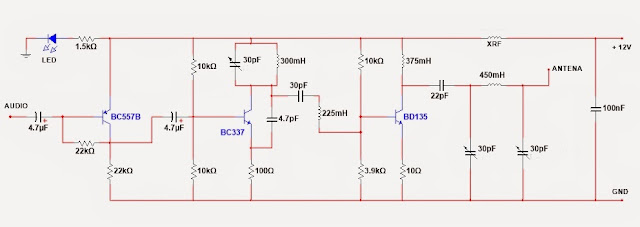''ΕΡΑΣΙΤΕΧΝΙΚΟ ΔΥΚΤΙΟ ΕΛΛΑΔΑΣ ΝΟΣΤΑΛΓΙΑ'' H ΚΑΛΥΤΕΡΗ ΕΛΛΗΝΙΚΗ ΜΟΥΣΙΚΗ ΑΠΟ ΤΑ 1960 ΜΕΧΡΙ ΣΗΜΕΡΑ ΟΛΟ ΤΟ 24ΩΡΟ . Ο ΣΤΑΘΜΟΣ ΤΩΝ ΜΕΓΑΛΩΝ ΕΠΙΤΥΧΙΩΝ ΤΟΥ ΕΛΛΗΝΙΚΟΥ ΠΕΝΤΑΓΡΑΜΟΥ ΣΤΗΝ ΕΛΛΑΔΑ ΜΕ ΕΚΠΛΗΚΤΙΚΗ ΠΟΙΟΤΗΤΑ ΗΧΟΥ HD.
ΕΤΣΙ ΦΤΙΑΧΝΟΥΜΕ ΜΙΑ jpol_antenna
ΕΤΣΙ ΦΤΙΑΧΝΟΥΜΕ ΜΙΑ jpol_antenna
I've had many requests for a ready-made J-pole design that will enable the Packet Radio user to print the image from a web page and go directly to the construction table and build a J-Pole antenna for their Packet Radio station. The object is to eliminate the need to go through all the calculations on another page of this website. These requests are valid and understood! With your requests in mind, here are "the real world" designs that I've personally constructed and use at many of my Packet Radio node locations.
A VARIATION ON A THEME: Let's look first at FIGURE 1a; This is the overview and profile of the J-Pole we will be working with. There are two different bands we will be building the J-Pole antennas for. NO, we will not build a two band antenna on one mast. I've been there, done that.. and it is an excercise in futility. For openers, I would like to show you that all J-poles are not created equal. By that statement I mean, we will modify our construction techniques a bit and apply a variation to the theme. Notice in the exploded view at FIGURE 1b, I've deviated from the usual RF feed technique that we normally use to attach our coaxial cable to the J-pole. Where we usually attach the shield and center conductor to the tuning stub and the driven element with aeroseal (hose) clamps, here we've made a slight change in the design by exchanging the elbow for a tee. Below the short (1/4 wave tuning stub) section, we (carefully) soldered an SO-239 (Chassi-mount) coax
Εγγραφή σε:
Σχόλια (Atom)





